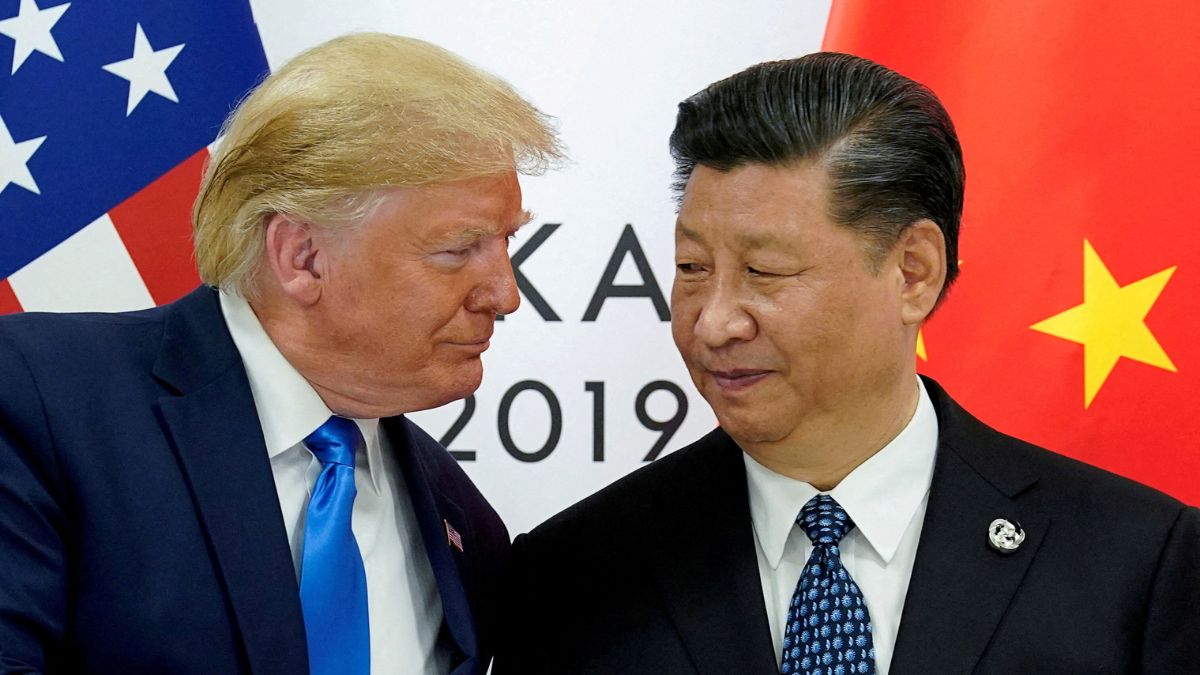The United States and China have reached a trade agreement under which Beijing will ease restrictions on rare earth mineral exports—critical inputs for the automotive, semiconductor, and smartphone industries—providing Washington with much-needed short-term supply relief. However, the deal includes provisions that allow China to tighten its grip again in the future.
US President Donald Trump announced on Wednesday that the two countries had agreed to a truce following two days of negotiations in London. According to The Wall Street Journal, the agreement centres on the US gaining access to China’s rare-earth magnets—small but vital components used in electric vehicle motors, industrial robotics, and military equipment.
Temporary relief, long-term uncertainty
While the deal is expected to resume the flow of rare earths to the US, it still gives China the power to reimpose restrictions. Export licences for US companies will be valid for only six months, enabling Beijing to cut supplies again if trade tensions flare, according to sources familiar with the matter.
Export curbs forced Washington back to the table
China imposed rare-earth export controls in April, shortly after the US slapped a 34% tariff on Chinese goods. The move sent shockwaves through global supply chains, prompting automakers, defence contractors, and electronics manufacturers to urgently seek alternatives. China’s near-total dominance in producing the world’s most powerful magnets—around 90%—allowed it to use its position as leverage, pushing the US back to negotiations.
Conditional licence scheme raises concerns
Under the terms of the deal, China will issue export licences for six-month periods, maintaining the ability to reintroduce controls should tensions escalate. This conditional arrangement has raised concerns that Beijing could once again assert control over a critical supply chain during any future economic or diplomatic standoff.
Tariff reductions on both sides
As part of the agreement, the US will lower tariffs on Chinese goods from 145 per cent to 55 per cent. This revised rate includes a 10 per cent baseline tariff—currently facing legal challenges—25 per cent from the Trump administration’s earlier trade measures, and 20 per cent linked to US concerns over fentanyl trafficking. In return, China will reduce its tariffs on American goods from 125 per cent to 10 per cent.
Businesses still under pressure
Although the deal signals a step towards de-escalation, American businesses warn that the trade environment remains strained. Retail giants such as Walmart have already indicated that price increases are likely, as tariffs continue to act as a hidden tax on US consumers. Small businesses have been especially vocal, describing the tariffs as a “death sentence” threatening their survival and growth.
A fragile truce with lingering risks
While the agreement provides temporary relief, it highlights the fragile nature of US-China trade relations. With China retaining strategic leverage in the rare earths sector, the long-term stability of the deal remains uncertain.
)